The day’s first meal is often touted as the most important, setting the tone for the day’s nutrition and energy levels. Whole grain breakfast options have recently surged in popularity, touted for their health benefits and nutrient profile. However, like with any trending health topic, misconceptions and confusion abound. This article aims to clarify what whole grains are, debunk myths surrounding them, explain their benefits, and offer practical tips for incorporating them into your breakfast routine.
Contents
- 1 Understanding Whole-Grains
- 2 Myths About Whole-Grain Breakfast Options
- 3 Benefits Of Whole Grains For Breakfast
- 4 Choosing The Right Whole-Grain Breakfast Options
- 5 Tasty And Nutritious Whole-Grain Breakfast Recipes
- 6 Incorporating Whole Grains Into Your Morning Routine
- 7 Potential Pitfalls To Avoid With Whole-Grain Breakfast
- 8 How Whole Grains Impact Blood Sugar Levels
- 9 The Bottom Line
- 10 Sources
Understanding Whole-Grains
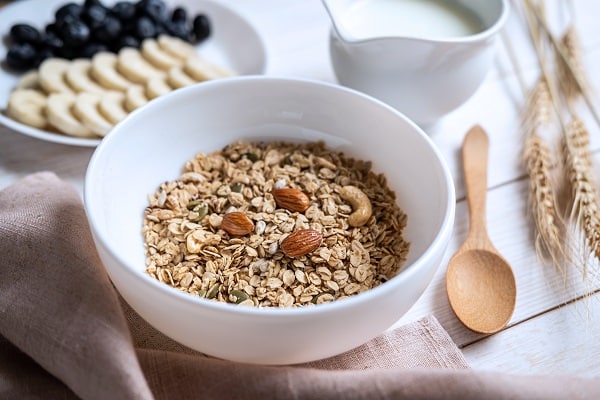
Whole grains contain all parts of the grain — the bran, germ, and endosperm. Examples include oatmeal, brown rice, and whole-wheat bread. Each of these whole grains has a unique nutritional profile and offers different health benefits, so diversity in your choices can be beneficial.
The nutritional value of whole grains stems from their comprehensive structure. The brand provides dietary fiber and essential fatty acids; the endosperm contains complex carbohydrates and some protein, while the germ offers vitamins, minerals, and antioxidants. As a result, whole grains can contribute significantly to the nutritional value of your breakfast.
Myths About Whole-Grain Breakfast Options
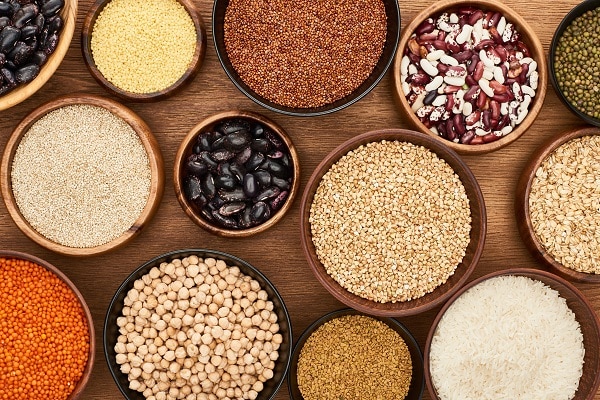
There is a common belief that all whole grains are created equal. This is a misconception, as the nutritional value can vary greatly depending on the type of grain, how it’s processed, and how it’s prepared. For instance, steel-cut oats have a lower glycemic index than instant oats, providing a more stable blood sugar response.
Another common myth is that all whole-grain foods are high in fiber. While whole grains are a good source of fiber, the fiber content can vary from one type of whole grain to another, and some foods labeled as “whole grain” have other ingredients that dilute the fiber content. Therefore, it’s important to read nutrition labels carefully.
Benefits Of Whole Grains For Breakfast

Starting your day with whole grains can offer several health benefits. First, whole grains are generally high in fiber, which promotes satiety. This means you’ll likely feel full longer, which can help with weight management.
Furthermore, regular consumption of whole grains is linked with a reduced risk of chronic diseases, such as heart disease and type 2 diabetes. This is largely due to whole grains’ wide range of nutrients, including dietary fiber, several B vitamins, and minerals like iron and magnesium. The fiber in whole grains can also support a healthy digestive system, further contributing to overall health.
Choosing The Right Whole-Grain Breakfast Options
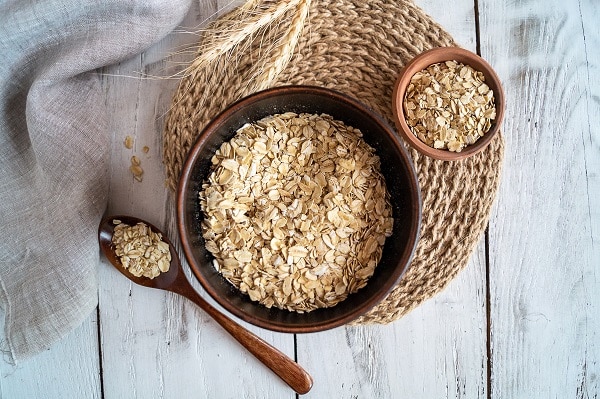
Reading labels is crucial when selecting whole-grain breakfast options. Look for the words “whole grain” as the first ingredient on the list, and beware of words like “multigrain” or “100% wheat,” which don’t necessarily mean the product is made from whole grains. Also, check the fiber content to ensure you get a good amount.
Portion control is equally important. Whole grain foods are nutrient-dense, but they also come with calories. Therefore, controlling your portions can help you maintain a balanced diet and avoid unwanted weight gain. Some recommended whole-grain breakfast options include whole-grain bread, cereals, and oatmeal.
Tasty And Nutritious Whole-Grain Breakfast Recipes

One simple and nutritious whole-grain breakfast option is oatmeal with fresh fruits and a sprinkle of nuts. This provides a good balance of whole grains, fiber, protein, and healthy fats. Oatmeal is versatile, allowing you to change your toppings based on what’s in season or what you have on hand.
Another delicious option is whole grain pancakes topped with Greek yogurt and berries. These pancakes can be made using whole-grain flour or oats, providing a wholesome alternative to traditional pancakes. Greek yogurt adds a protein punch, while berries offer antioxidant benefits.
Incorporating Whole Grains Into Your Morning Routine
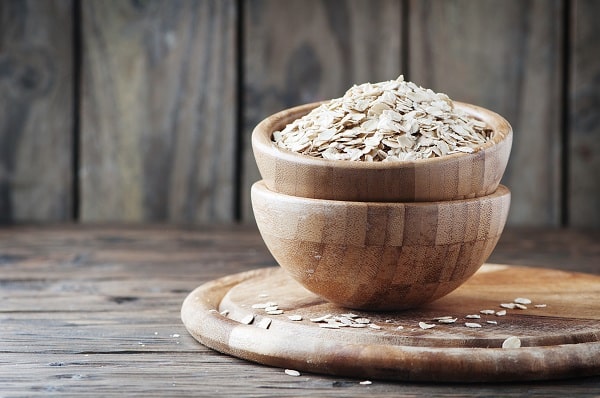
Transitioning to whole-grain breakfast options might seem daunting, but it doesn’t have to be. Start by swapping one or two breakfasts a week with a whole-grain alternative. Gradually, as you get accustomed to the taste and texture of whole grains, you can increase their presence in your breakfast.
Meal prepping can also be helpful. Prepare your whole grain meals in advance to save time in the morning. Pair whole grains with other nutrient-dense foods for a balanced breakfast. For example, pairing whole-grain toast with avocado balances complex carbohydrates, healthy fats, and protein.
Potential Pitfalls To Avoid With Whole-Grain Breakfast

While whole grains are healthy, it’s important not to overconsume them because of their perceived healthiness. Even healthy foods can contribute to weight gain when eaten in excess. Remember, the overall pattern of your diet and lifestyle determines your health, not just one food or meal.
Additionally, relying solely on whole grains for nutrition can lead to nutrient gaps. Whole grains should be a part of a diverse diet that includes fruits, vegetables, lean proteins, and healthy fats. Furthermore, it’s crucial to consider individual dietary needs and restrictions, as what works for one person might not work for another.
How Whole Grains Impact Blood Sugar Levels
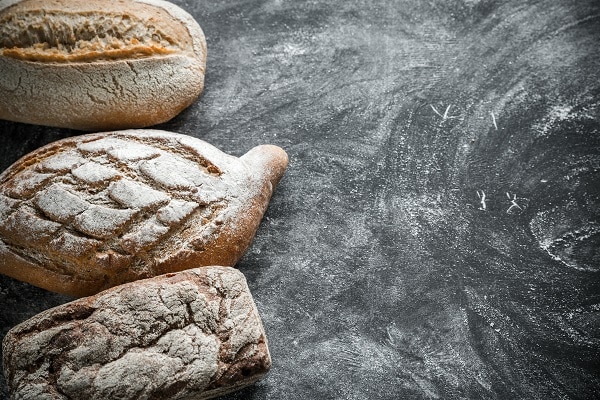
Whole grains can significantly impact blood sugar levels, an important consideration for everyone, but particularly for individuals with diabetes or prediabetes. Whole grains retain these components, unlike refined grains, which are stripped of their bran and germ during processing. The bran and germ are fiber-rich, which slows glucose absorption into the bloodstream and prevents sharp spikes and crashes in blood sugar levels.
Whole grains also have a lower glycemic index than refined grains. The glycemic index (GI) measures how quickly a food causes blood sugar to rise. Foods with a lower GI release glucose slowly and steadily, which can help manage blood sugar levels. Including whole grains in your breakfast can provide sustained energy and keep you full and satisfied, which can also help prevent overeating and subsequent blood sugar spikes. Remember to balance your whole grains with proteins and healthy fats for a comprehensive, balanced meal.
The Bottom Line
Whole grains offer an excellent way to start your day, packed with nutrients and fiber that provide sustained energy. However, making informed choices is crucial when selecting whole-grain options, keeping portions in check, and incorporating whole grains into a varied diet. With some knowledge and planning, whole grain breakfasts can be a delicious and healthy part of your routine.
Sources
- Refer to the American Heart Association’s website for information on whole grains and fiber. They have a lot of resources and articles about heart-healthy foods, including whole grains: https://www.heart.org/
- For the whole grain guide, the Harvard T.H. Chan School of Public Health has a useful resource on their website about whole grains: https://www.hsph.harvard.edu/nutritionsource/what-should-you-eat/whole-grains/
- For the Dietary Guidelines for Americans, you may refer to the official site of the U.S. Department of Health and Human Services: https://www.dietaryguidelines.gov/


